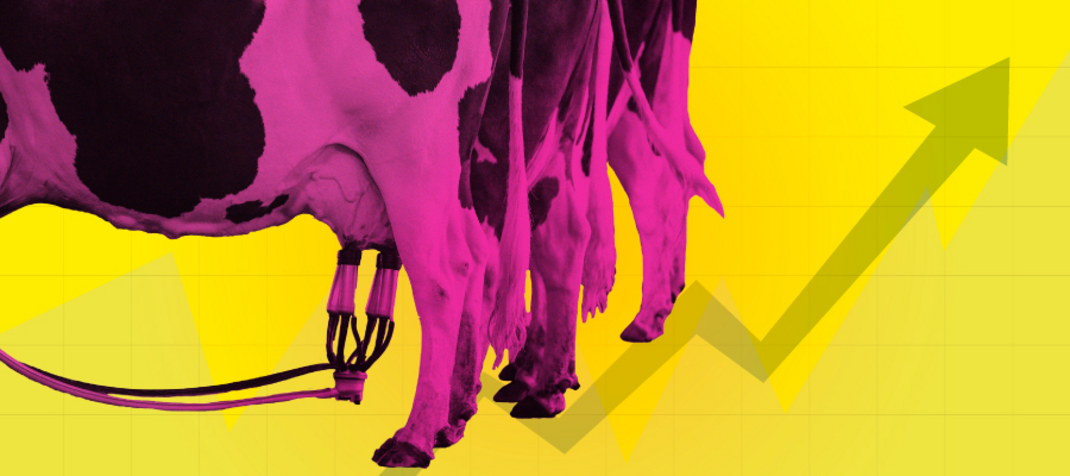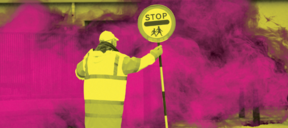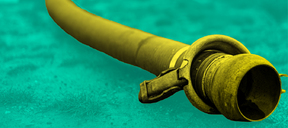
The farm has a big role to play in the fight against climate change, yet experts argue that it is difficult to shift to a nature-friendly model while subsidies favour intensive production.
The EU’s current billion-euro subsidy model, supported by successive Irish governments, is based on the area of land in production. This is more suited to livestock and dairy production - our largest emitting sectors.
Under this system - criticised by scientists as a key driver of biodiversity loss and rising emissions - a farmer who uses land as a natural habitat will be penalised through a drop in their basic payment.
In addition, a range of national subsidies and supports are largely aimed at dairy and livestock production and according to the Central Statistics Office (CSO), almost €1.5 billion of €4 billion in potentially environmentally damaging subsidies dished out in 2016 went to the agriculture sector.
So, does this current model offer a financial incentive for business as usual irrespective of the need to create a more diversified and nature-friendly farming model?
HELP US INVESTIGATE
We will speak to experts to explain the role that these subsidies and other funding schemes have played in the makeup of the Irish farming model in recent years.
We want to examine what the future holds for EU farm subsidies with more climate-friendly reform due in 2022 and to analyse the Irish State’s position at negotiations in Brussels.
We will also investigate the success of alternative models to enhance biodiversity and speak to farmers opting for these nature-friendly models about the financial implications.
Have you any information that you think would help this investigation? Contact us at information@noteworthy.ie
If you want to know how your contribution is used, or anything else about how Noteworthy works, you can find out more here.




